Christopher Raeburn and Aesop redefine adventure for today
The Adventure Roll-Up is a sustainable carrying case for hand care that can be made at home, created by Christopher Raeburn and Aesop
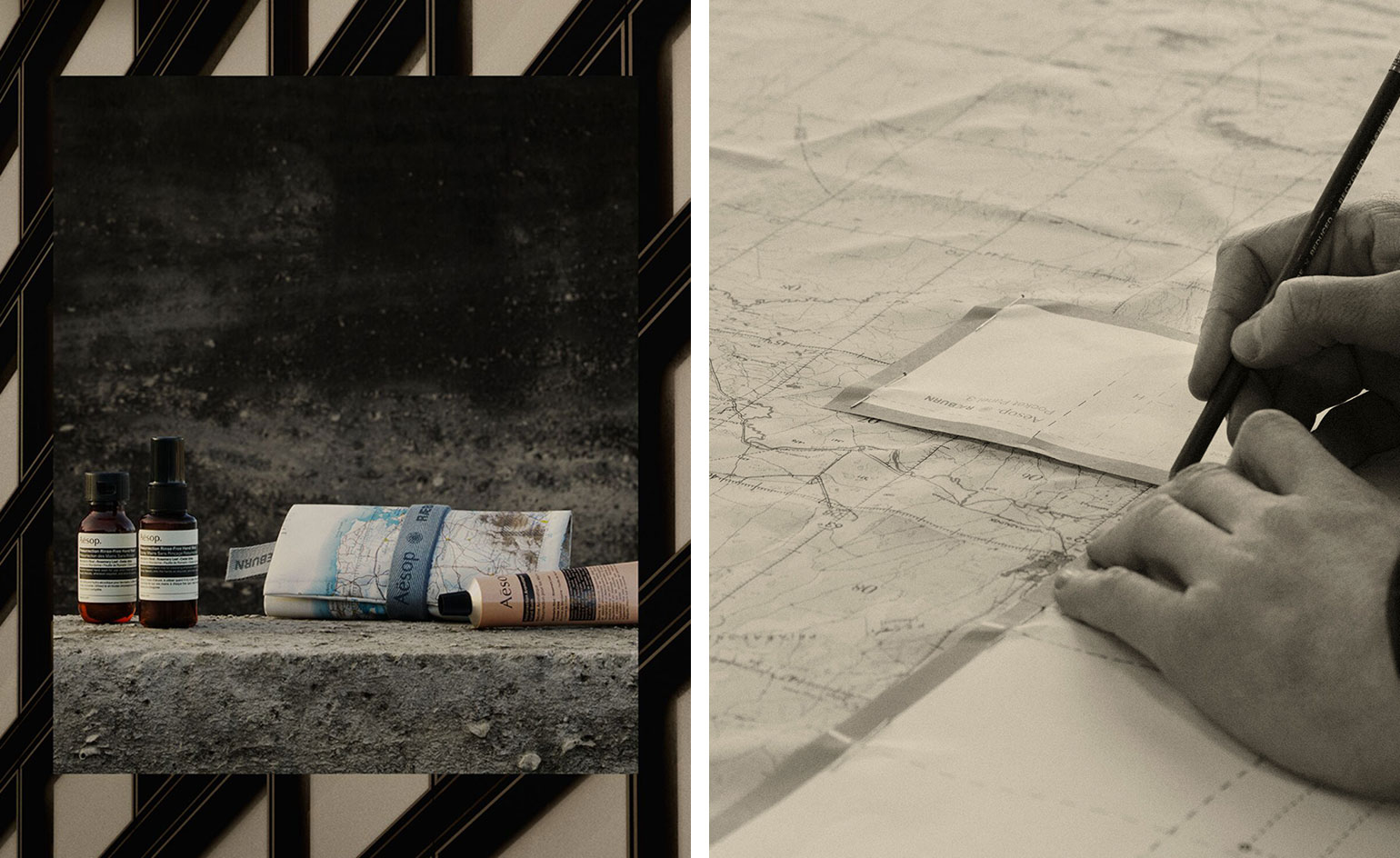
‘Ultimately, this is this is a companion for your adventure,’ explains fashion designer Christopher Raeburn about his new collaboration with Aesop, a portable product pouch called the Adventurer Roll-Up. Raeburn is telling me this over Zoom from his eponymous brand’s East London production studio, a converted Burberry textile factory that, at the time of our conversation late last year, stood nearly empty apart from Raeburn himself. The relative quiet of the Raeburn Lab, an open studio typically buzzing with workshops for the public and busy Raeburn employees, makes it clear that lockdowns in the UK and around the world have created an entirely new environment, one in which the word ‘adventure’ has had to take on a new meaning.
Having an adventure when there’s nowhere to go might seem like an oxymoron but Raeburn is used to making something out of nothing. Raeburn was a pioneer of sustainable fashion long before it was fashionable, championing a ‘remake, reduce, recycle’ ethos that saw disused military parachutes, dinghies, and other fabrics repurposed into streetwear. His ‘Raefound’ collection last year took the philosophy one step further, by creating nothing new at all and instead relabelling pre-existing military surplus items.
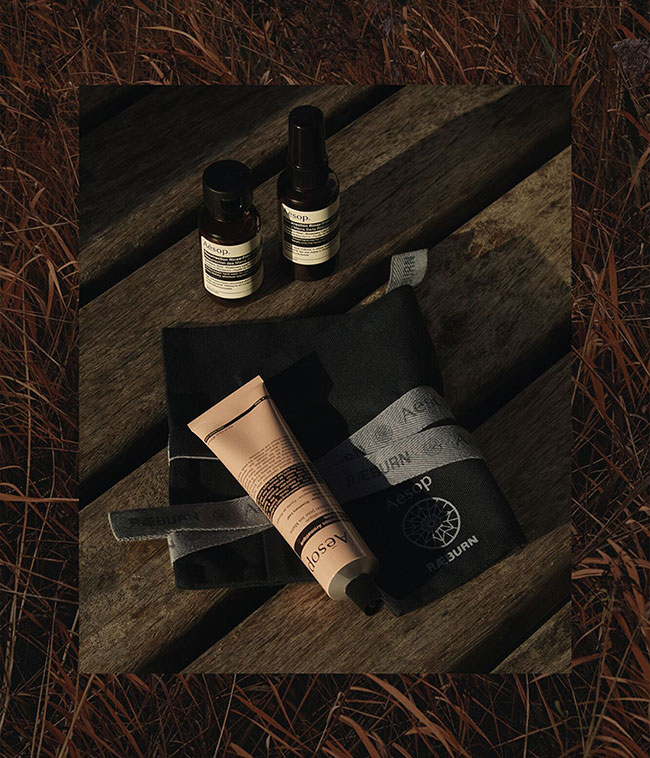
The standard edition Adventure Roll-Up and Aesop products
Like Raeburn, Aesop has always placed a premium on sustainability, offering a fully vegan product range of skin, hair, and body care in reusable and recyclable packaging. For their first-ever collaboration together, Raeburn designed a portable pouch for Aesop hand care products, such as hand sanitiser, lotion, and mist.
The pouch comes in three variations. The first is a limited-edition run of 300 roll-ups made out of 1960s aeronautical navigation maps. ‘They were used by the Royal Air Force and we have them for all different parts of the world,’ explains Reaburn about the maps used for the project.
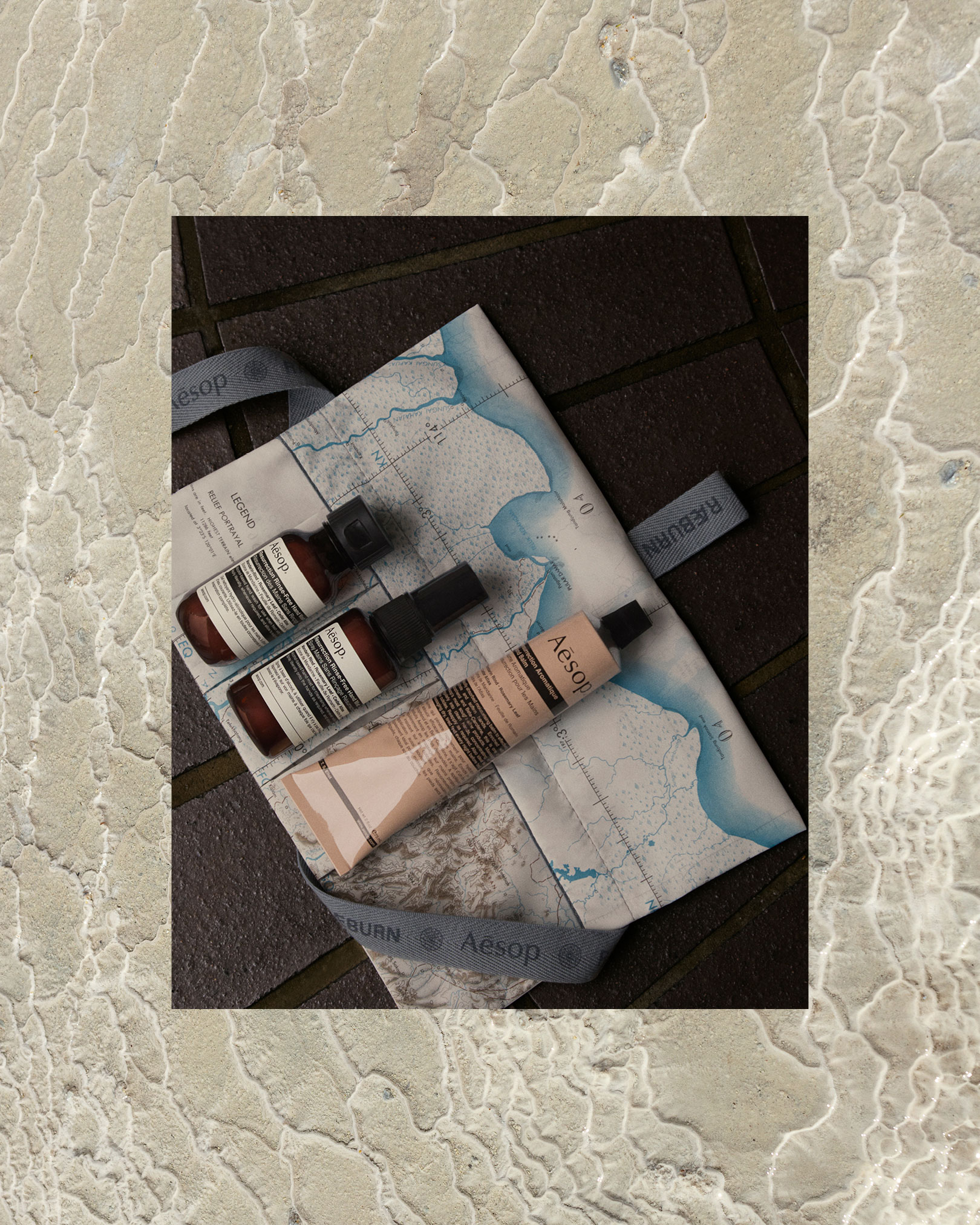
Aesop x Raeburn limited-edition Roll-Up
‘But what's really significant about them is that they all [depict] areas of environmental concern. So, we've got one which is of Borneo (an island in Southeast Asia) which, unfortunately, is an area of real deforestation. And we have one based around the Aral Sea (a lake between Kazakhstan and Uzbekistan) where the local cotton manufacturing has meant that the water has been completely depleted. These maps were made 70 years ago and if you look at the Goggle maps for these places now, they’re completely different.’
The standard roll-up is made of recycled cotton and available to purchase through the Aesop store. While the third variation is a DIY roll-up that can be made at home by anyone with a sewing machine. The pattern is available for free download on Aesop’s website with a how-to video offering additional tips for putting it together.
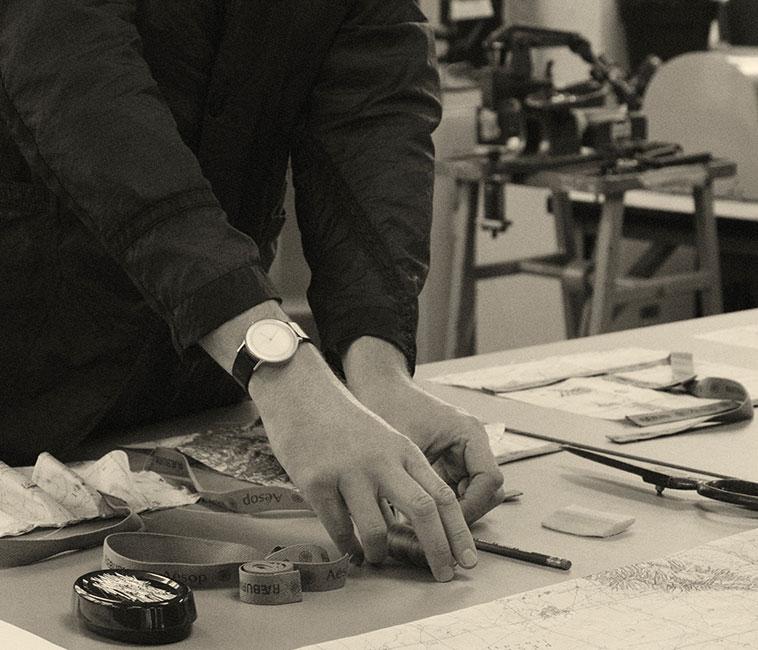
Vintage map being transformed into a Roll-Up at the Raeburn Labs
So what kind of adventure can the Roll-Up be taken on? A walk in the park perhaps. Maybe, one day soon, something a little more far-flung. Or maybe the adventure doesn’t involve traveling at all, and instead, it’s the new experience of making old fabric into a Roll-Up on your own, right from home. It’s all about adapting and adjusting things to work for your particular situation. Common themes of the past year and, in Raeburn’s view, themes that will come to dominate the future of fashion.
‘I think that’s what’s really exciting to me is that, if we can keep things simple and work towards three streams – making things that are remade, that are then infinitely repairable, and that are natural and can go back into the earth – if you keep things in those three areas you immediately have a really good opportunity to make the right decisions upstream, to ensure that whatever happens downstream, you're going to be able to manage that product lifecycle. And I think that's really key [for a sustainable future].’
INFORMATION
Wallpaper* Newsletter
Receive our daily digest of inspiration, escapism and design stories from around the world direct to your inbox.
Mary Cleary is a writer based in London and New York. Previously beauty & grooming editor at Wallpaper*, she is now a contributing editor, alongside writing for various publications on all aspects of culture.
-
 Eight designers to know from Rossana Orlandi Gallery’s Milan Design Week 2025 exhibition
Eight designers to know from Rossana Orlandi Gallery’s Milan Design Week 2025 exhibitionWallpaper’s highlights from the mega-exhibition at Rossana Orlandi Gallery include some of the most compelling names in design today
By Anna Solomon
-
 Nikos Koulis brings a cool wearability to high jewellery
Nikos Koulis brings a cool wearability to high jewelleryNikos Koulis experiments with unusual diamond cuts and modern materials in a new collection, ‘Wish’
By Hannah Silver
-
 A Xingfa cement factory’s reimagining breathes new life into an abandoned industrial site
A Xingfa cement factory’s reimagining breathes new life into an abandoned industrial siteWe tour the Xingfa cement factory in China, where a redesign by landscape specialist SWA Group completely transforms an old industrial site into a lush park
By Daven Wu
-
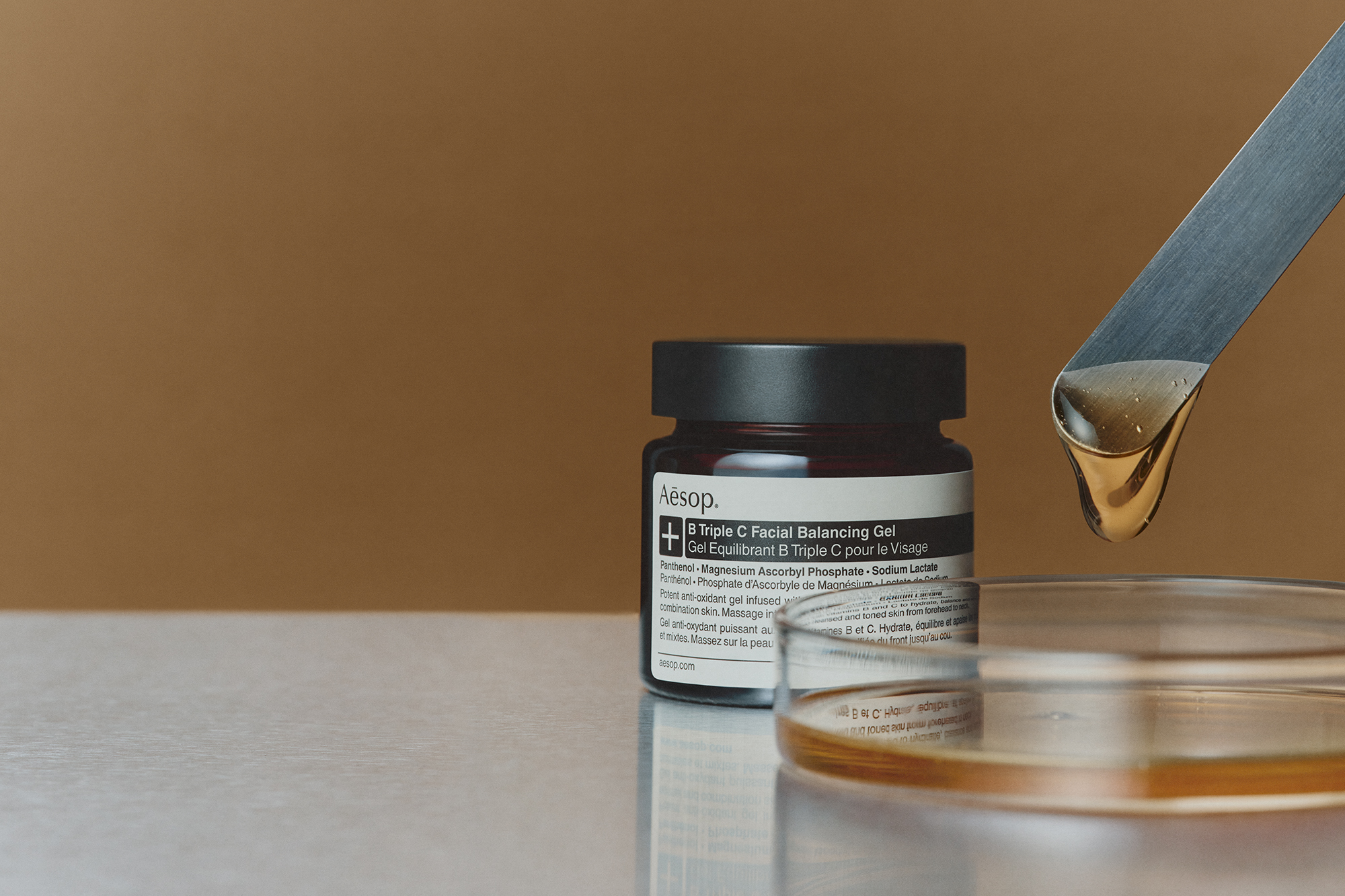 Why Aesop’s B Triple C Facial Balancing Gel is a cult classic
Why Aesop’s B Triple C Facial Balancing Gel is a cult classicAesop’s B Triple C Facial Balancing Gel moisturiser, which recently celebrated its 20-year anniversary, stands the test of time
By Hannah Tindle
-
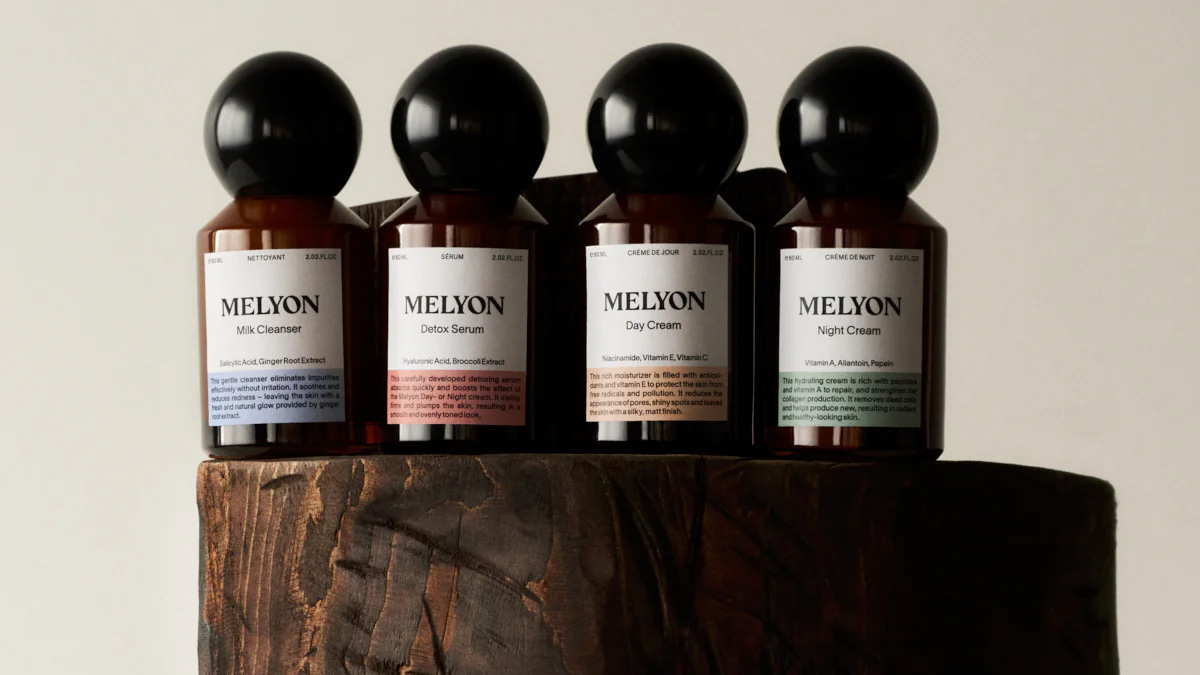 Discover the vegan skincare brand suited to your skin type
Discover the vegan skincare brand suited to your skin typeOur edit of vegan skincare brands reviews the most effective formulations for every skin type, age, and budget
By Mary Cleary
-
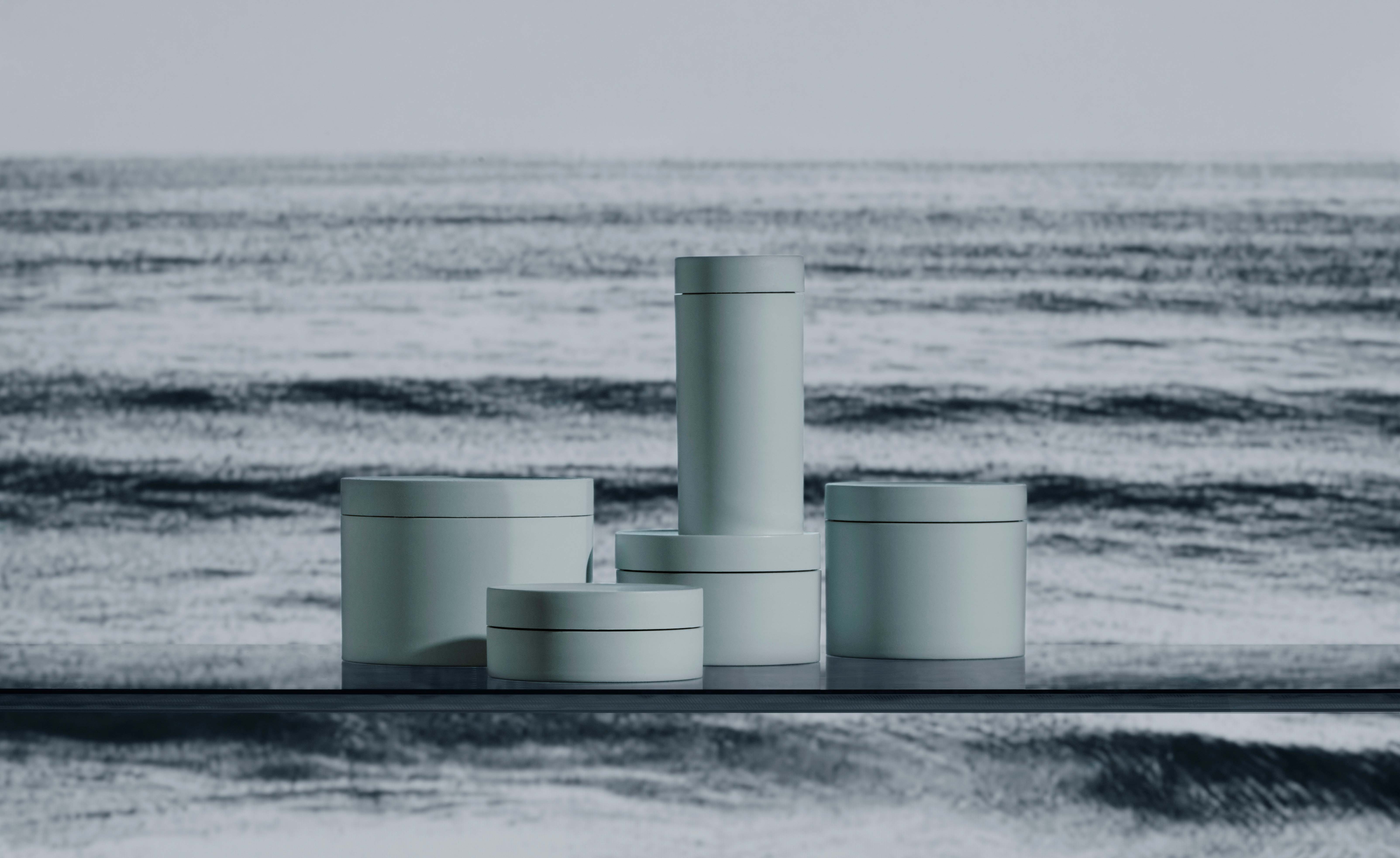 Hæckels 2.0 is revolutionising sustainable skincare
Hæckels 2.0 is revolutionising sustainable skincareHæckels 2.0 is launching today. We explore how the brand is reinventing itself and what it means for the future of sustainable beauty
By Mary Cleary
-
 Year in review: beauty & grooming editor Mary Cleary picks top 10 innovations in beauty of 2021
Year in review: beauty & grooming editor Mary Cleary picks top 10 innovations in beauty of 2021From ephemeral tattoos to virtual reality make-up, Wallpaper’s Mary Cleary reveals her top 10 stories of 2021 exploring innovations in beauty & grooming
By Mary Cleary
-
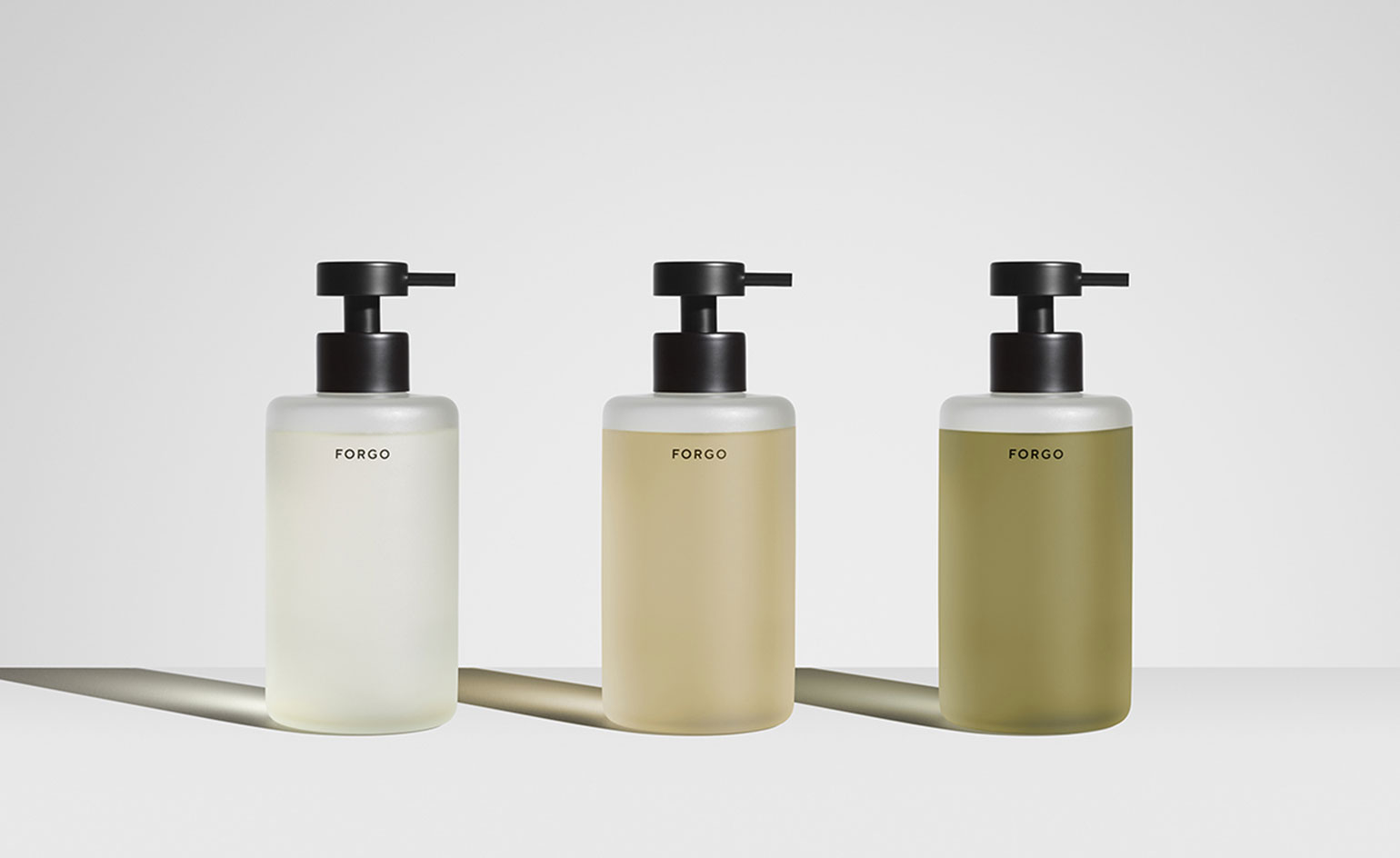 Sustainable skincare brands: subscriptions to help you and the planet
Sustainable skincare brands: subscriptions to help you and the planetNeed one less thing to think about? Try subscribing to these eco-conscious beauty and grooming services
By Mary Cleary
-
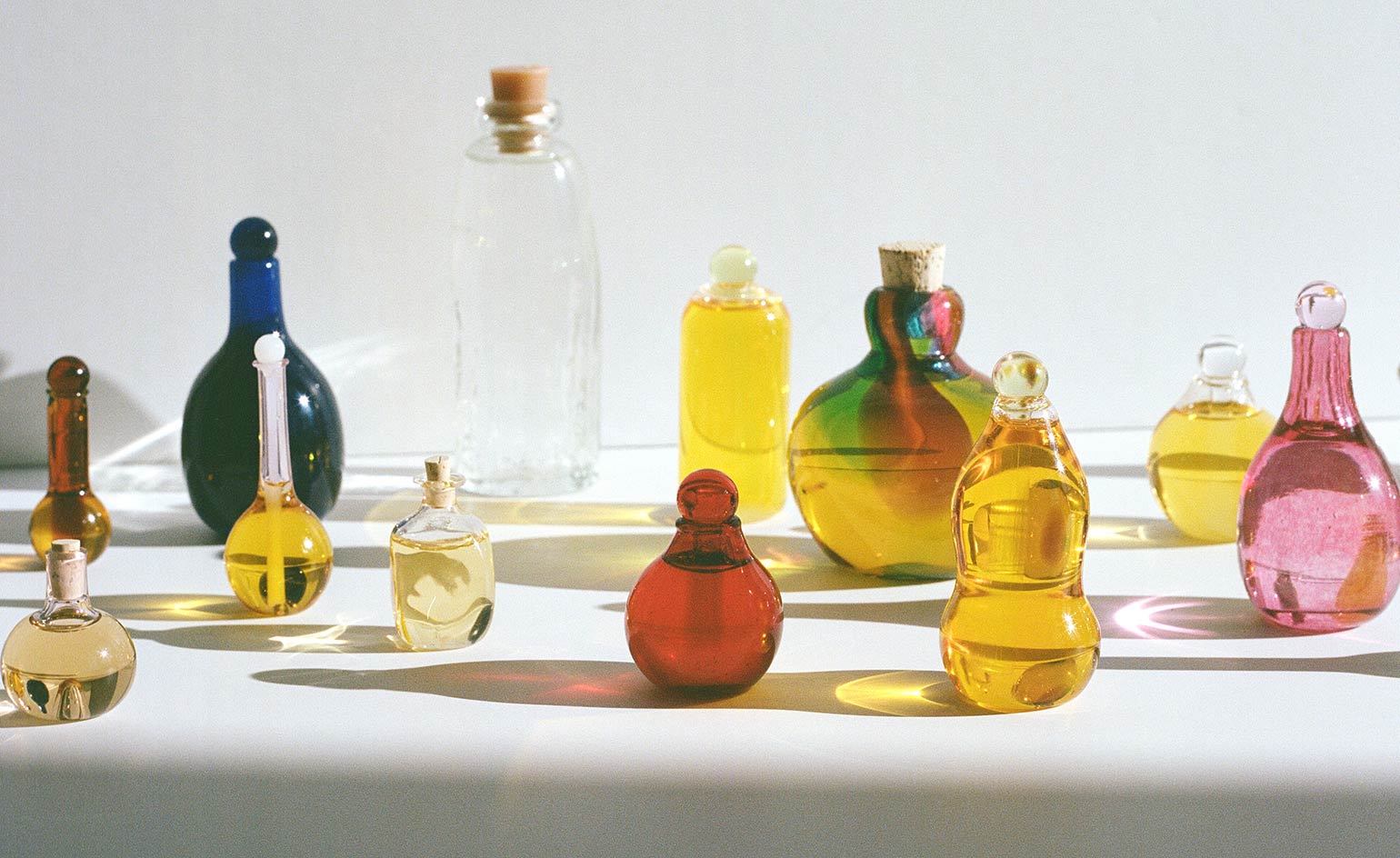 Kindred Black gives sustainable skincare a new look
Kindred Black gives sustainable skincare a new lookKindred Black's Slow Beauty line elevates sustainable skincare to new heights with handblown glass bottles and innovative ingredients
By Mary Cleary
-
 Explore a sustainable skincare village in Parma, Italy
Explore a sustainable skincare village in Parma, ItalyDavines Village in Parma, Italy is an experiment in truly sustainable beauty production
By Mary Cleary
-
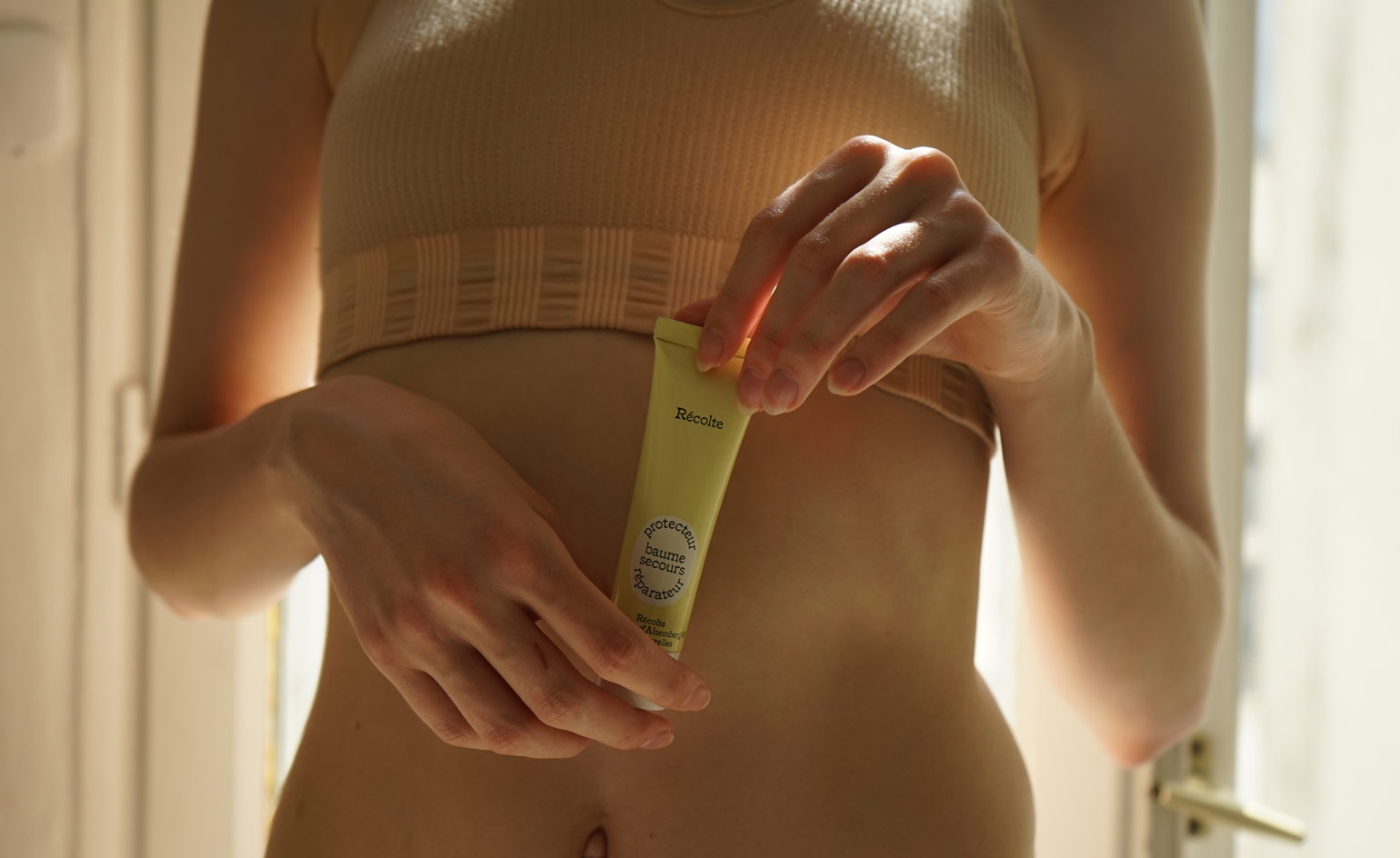 Sustainable beauty co-op Récolte goes big on branding in Brussels
Sustainable beauty co-op Récolte goes big on branding in BrusselsBy Siska Lyssens